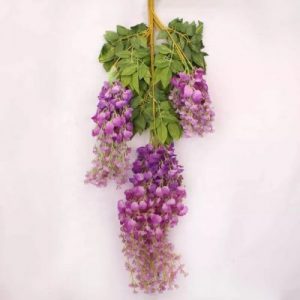The evolution of artificial berry flavoring techniques has been a fascinating journey, driven by advances in food science, technology, and consumer preferences. Over time, these techniques have become more sophisticated and nuanced, leading to increasingly authentic and diverse artificial berry flavors. Here’s an overview of their evolution:
- Early Synthetic Flavoring:
- In the early days, artificial flavors were often basic, and the technology was limited. Chemists synthesized a few key compounds to mimic natural flavors, but these were far from the complex profiles found in real berries.
- Single-Compound Flavors:
- Initially, artificial berry flavors relied on a single dominant compound to represent the overall berry taste. This approach lacked the depth and complexity of natural flavors.
- Advancements in Flavor Analysis:
- As analytical techniques improved, scientists gained a better understanding of the intricate chemical composition of real berries. This knowledge led to the identification of multiple key compounds responsible for the unique aroma and taste of different berries.
- Compound Combinations:
- The discovery of various compounds in natural berries allowed flavorists to create more accurate artificial berry profiles. By combining multiple compounds in precise ratios, they could mimic the multi-dimensional flavor experience of real berries.
- Natural Extracts and Isolates:
- The use of natural extracts and isolates, obtained through distillation or solvent extraction, became common. These provided more authentic and complex flavors compared to single compounds.
- Advancements in Aromatics:
- The field of aromatics, which involves creating flavor compounds through various chemical reactions, saw significant advancements. This allowed flavorists to produce compounds with specific aromatic properties that closely resembled natural berry flavors.
- Flavor Encapsulation:
- Flavor encapsulation techniques emerged, allowing flavor compounds to be protected within tiny capsules. This helped preserve the volatile compounds and release them at the desired moment, improving the longevity of the flavor in baked goods and other products.
- Microencapsulation:
- Microencapsulation took encapsulation a step further, creating even more controlled release mechanisms. This technology enabled flavors to withstand high temperatures during baking without losing their potency.
- Advances in Food Chemistry:
- With a better understanding of food chemistry, scientists developed methods to replicate the textural components of berries. This included emulsions and gels that mimicked the mouthfeel of real berries in products like jams, fillings, and sauces.
- Natural Flavor Enhancers:
- Natural compounds such as enhancers and modulators, often found in real berries, were identified and incorporated into artificial flavor formulations. These compounds enhanced the overall taste experience and authenticity.
- Bioengineering and Fermentation:
- Recent advances in biotechnology and fermentation have allowed for the production of flavor compounds through microbial processes. This approach can yield compounds that are closer in structure to those found in nature.
- Consumer Preference for Authenticity:
- As consumer preferences shifted towards more natural and authentic ingredients, flavorists worked to create artificial berry flavors that were closer to the real thing. This included utilizing combinations of compounds and extracts to achieve well-rounded profiles.
The evolution of artificial berry flavoring techniques has been a result of interdisciplinary collaboration among chemists, food scientists, biotechnologists, and sensory experts. With ongoing research and innovation, the gap between artificial and natural flavors continues to narrow, resulting in increasingly impressive and authentic berry-flavored products.
























